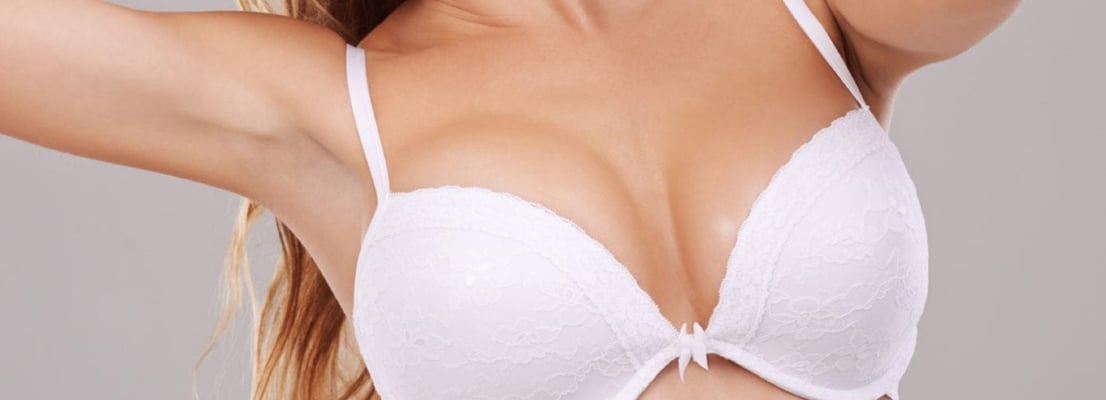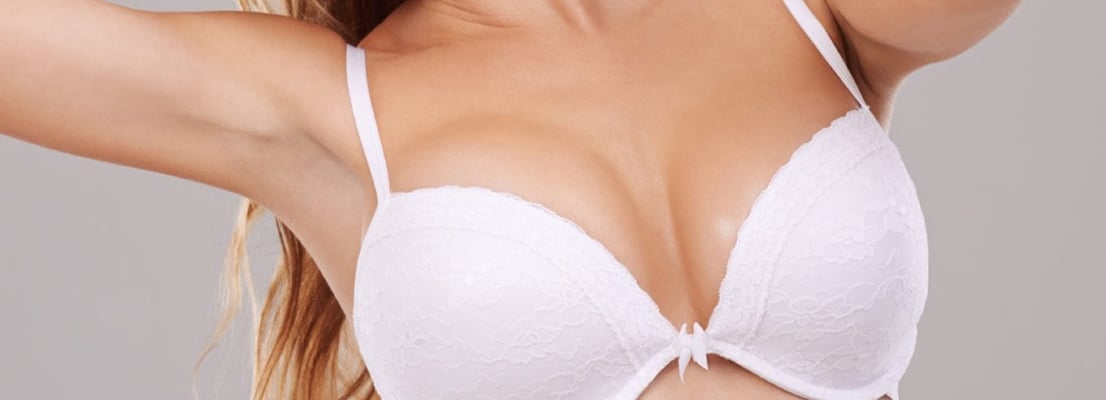Many individuals desire fuller, shapelier breasts for various personal or aesthetic reasons. While surgical options like breast implants are well-known, they may not appeal to everyone due to factors like potential risks, recovery time, or personal preferences. This raises a common question: Is it possible to enlarge breasts without undergoing surgery — and can the results be permanent? In this article, we explore non-surgical breast enhancement methods and examine whether any of them offer lasting effects.
Understanding Breast Anatomy and Growth Factors:
Is there a way to enlarge breasts without surgery (هل هناك طريقة لتكبير الثدي بدون جراحة), it's essential to understand the natural structure and development of breasts. Breasts are primarily composed of fatty tissue, glandular tissue, and connective tissue. Their size and shape are influenced by genetics, hormones (particularly estrogen and progesterone), body weight, and age. During puberty, pregnancy, and hormonal fluctuations, breasts naturally increase in size. However, after certain life stages, such as breastfeeding or menopause, many women notice a reduction in breast volume or firmness. Knowing the biology behind breast development helps clarify which non-surgical methods have the potential to stimulate natural growth and which ones are less likely to be effective.

Natural Hormone Balancing and Herbal Supplements:
One of the most discussed non-surgical methods involves the use of herbal supplements that claim to mimic or influence the body’s hormone levels. Herbs such as fenugreek, fennel, saw palmetto, and wild yam are often marketed for breast enhancement due to their phytoestrogen content — plant-based compounds similar to estrogen. These herbs are thought to stimulate breast tissue growth by enhancing estrogenic activity in the body. While some anecdotal evidence and small-scale studies support this claim, there is currently no large-scale clinical data proving that such supplements lead to permanent and significant breast enlargement. Moreover, because they act on the hormonal system, long-term safety and effectiveness remain uncertain. Consistent, long-term use may be required to maintain results, which challenges the idea of permanence.
Targeted Exercises to Enhance Appearance:
While exercises do not increase breast tissue itself, they can improve the underlying pectoral muscles and posture, giving the illusion of lifted and fuller breasts. Workouts that strengthen the chest muscles — such as push-ups, chest presses, and dumbbell flys — can subtly enhance breast contour. Good posture also plays a vital role in how the breasts appear. Slouching may make the chest look smaller or sagging, whereas standing tall with shoulders back can accentuate the chest area. Although exercises do not physically enlarge the breasts, they contribute to a more prominent and toned upper body, and these improvements can be maintained permanently with ongoing fitness routines.
Breast Massage Techniques:
Massage is another method that is commonly cited as a way to improve breast size and shape over time. The theory is that regular breast massage can stimulate blood flow, improve lymphatic drainage, and encourage the production of prolactin — a hormone associated with breast tissue development. There are specific massage techniques involving circular motions and acupressure points that are recommended to promote breast growth. Some proponents suggest using natural oils like olive oil, almond oil, or fenugreek oil during massage for added benefits. While massage may temporarily improve firmness and promote better skin tone, scientific evidence supporting long-term or permanent enlargement is lacking. However, it is a safe and soothing practice that may offer other wellness benefits.
Diet and Nutrition’s Role in Breast Size:
Nutrition plays a key role in overall body development and hormone regulation. Consuming a diet rich in phytoestrogens, healthy fats, and lean protein may help support natural breast tissue health. Foods like tofu, soybeans, flaxseeds, sesame seeds, avocados, and nuts contain compounds that could encourage a slight increase in breast volume. Weight gain can also contribute to breast enlargement since breasts are composed largely of fatty tissue. However, this is not always a targeted or healthy approach, and any gain in breast size due to fat accumulation may not be permanent if weight is lost. Therefore, while diet can support breast health and slight increases, it is not typically considered a reliable path to permanent enlargement without other lifestyle factors.
Non-Invasive Devices and Vacuum Therapy:
Advances in technology have introduced non-surgical breast enhancement devices such as vacuum suction machines. These devices apply consistent suction to the breast area to stimulate blood flow and potentially expand tissue over time. Some users report visible results after consistent use over several months, and the results may persist if the devices are used regularly over the long term. Vacuum therapy, for instance, relies on repeated pressure and release to encourage the body’s natural healing response, promoting cell proliferation in the treated area. While such devices may create some noticeable volume, the effects may diminish if the treatments are discontinued. Thus, permanence depends on consistent and prolonged use, rather than one-time applications.
Conclusion:
Several non-surgical breast enhancement methods offer potential improvements in size, firmness, and overall appearance, achieving permanent, significant enlargement without surgery remains unlikely. Techniques like herbal supplements, exercises, massage, and non-invasive devices may provide subtle, gradual changes — particularly when used together as part of a dedicated routine.

